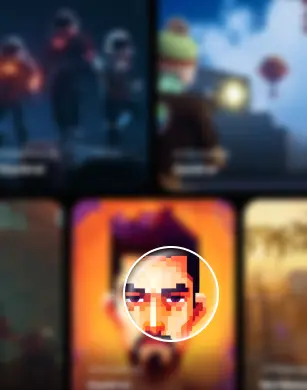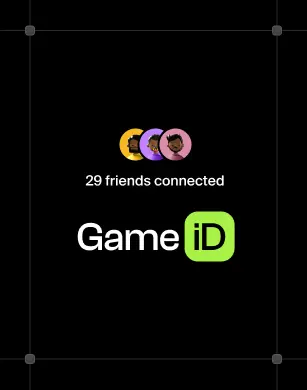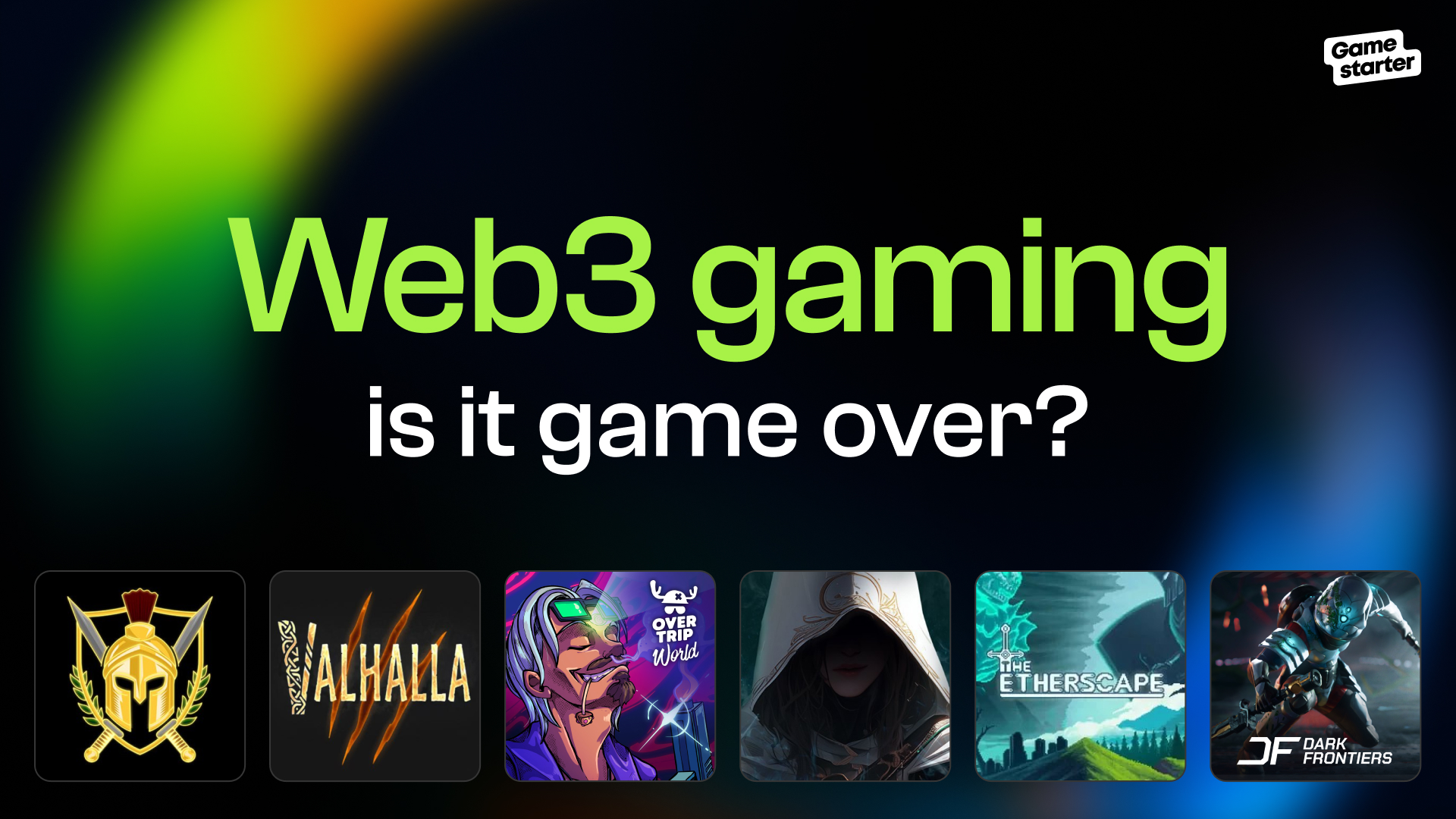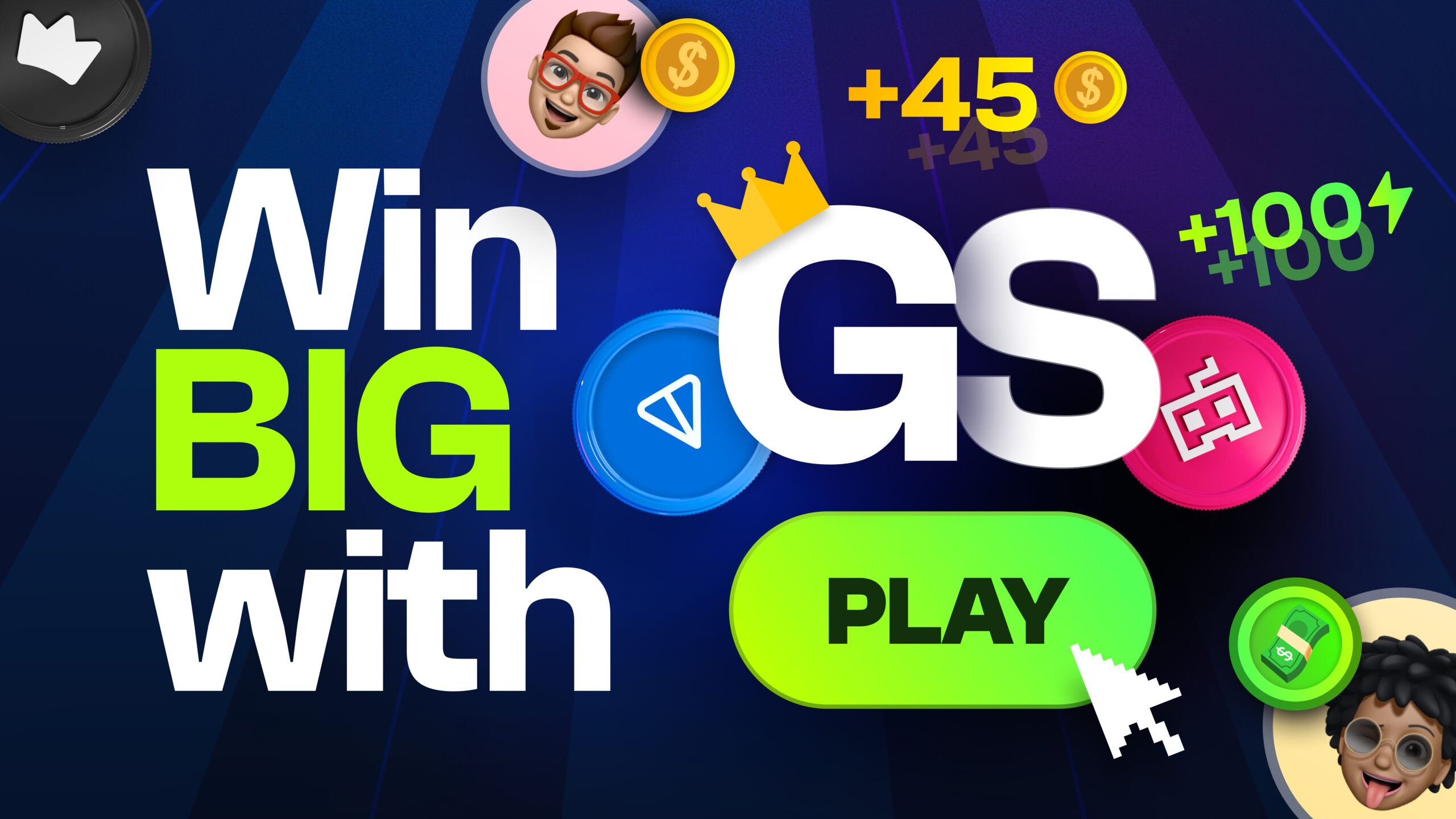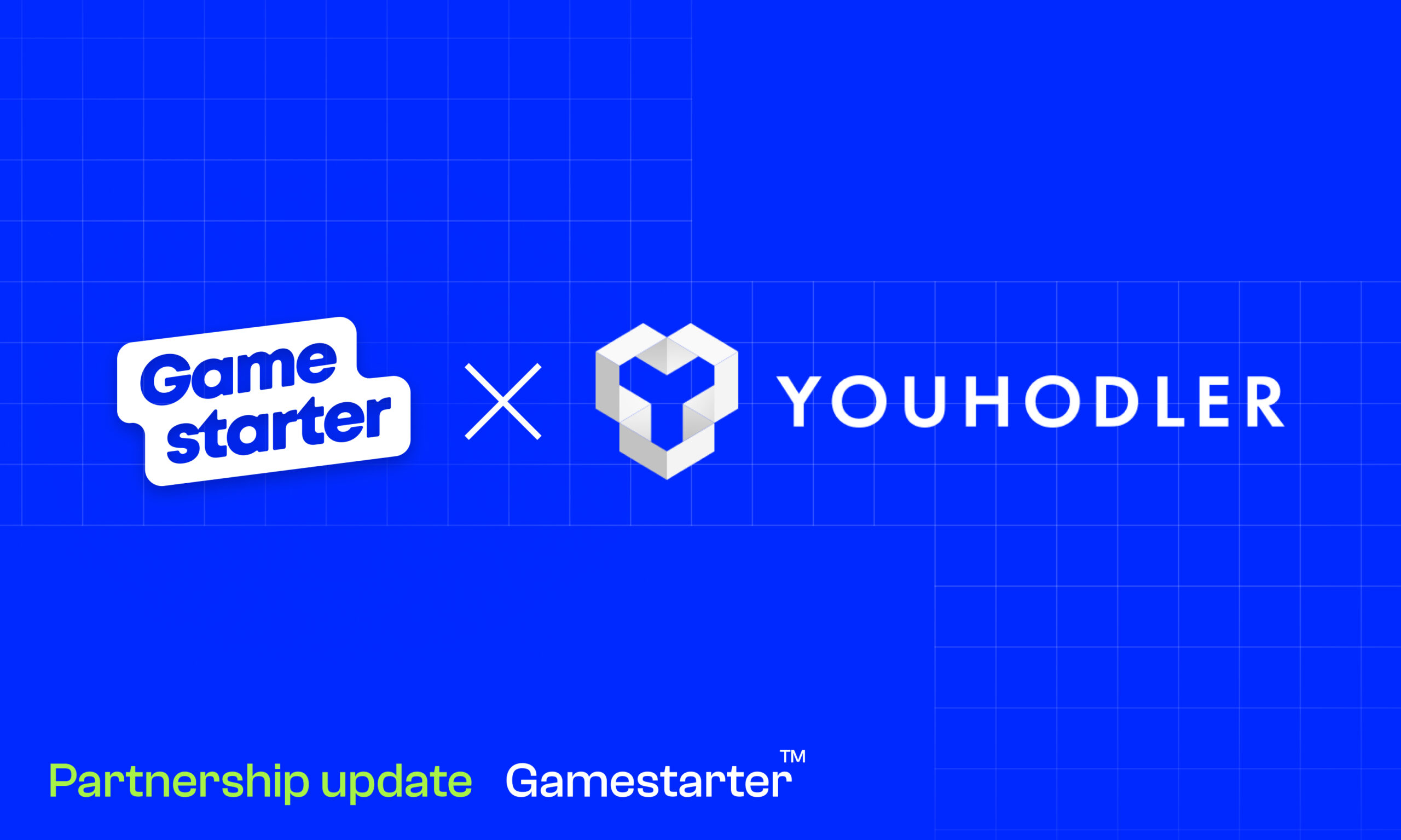Weekly GameFi Market Recap: March 21st-28th

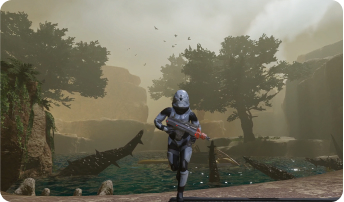
成为塑造 GS 未来的独家团队的一员
Hello Gamestarters!
We are excited to bring to you the most recent Gamefi Crypto Market Update, containing all the essential details you must know. Hold on to your seats! Following the massive pump it had, Bitcoin’s price kind stabilized between 27k and 28.7k. It’s a moment of uncertainty, who is winning? The bears? The bulls? We shall see.
Overall, the Gamefi tokens are bleeding slowly, but as the market got us used to them, there are some tokens outperforming the wave of negativity:

In terms of news, it has been an astonishing week. Let’s deep dive into the past week’s highlights:
Immutable and Polygon’s Shocking Reveal to Transform Gaming World
Blockchain gaming platform Immutable has partnered with Polygon Labs to launch Immutable zkEVM, an Ethereum gaming chain powered by Polygon technology. Announced at the Game Developers Conference (GDC), Immutable zkEVM aims to revolutionize gaming with EVM compatibility, cost efficiency, scalability, and robust Ethereum security. The collaboration combines Polygon’s zero-knowledge technology with Immutable’s platform, allowing game studios and developers to create blockchain games with unmatched speed, ease, and security.
Check the full article here.
Taxation of NFT Collectibles Under IRS Scrutiny
The U.S. Internal Revenue Service (IRS) plans to issue guidelines for classifying nonfungible tokens (NFTs) as collectibles in the American tax code. The IRS is seeking public input on potential taxation strategies for NFTs as collectibles, signaling a shift from the current tax treatment of crypto assets in the country. According to the notice, the IRS will use a “look-through analysis” to determine when an NFT should be treated as a collectible, based on the NFT’s associated right or asset.
Check the full article here.
New Sony Patent Explores NFT Offerings
In a bold move toward embracing the world of Non-Fungible Tokens (NFTs), Sony has submitted a patent application that hints at the company’s keen interest in the potential of blockchain-based digital assets.
The United States Patent and Trademark Office (USPTO) published the application on March 18, 2021, which reveals a groundbreaking method for generating “secondary tokens” connected to NFTs. This approach enables the birth of exclusive, limited-edition digital treasures.
The patent application delves into the versatile utility of secondary tokens, which could serve multiple purposes such as unlocking access to digital content, streamlining peer-to-peer transactions, and enticing users to engage in a specific ecosystem. Furthermore, the patent outlines a comprehensive system for overseeing the creation and distribution of these secondary tokens within a blockchain network.
While Sony remains tight-lipped on the exact implementation of this innovative technology, the patent application implies that the company is actively seeking ways to integrate NFTs into its existing lineup of products and services.
This is not Sony’s first foray into the NFT domain; in 2019, the company submitted a patent application for a blockchain-centric system to manage digital rights, which also hinted at NFTs as a potential application.
OP3N Secures $28M in Series A Funding Round Led By Animoca Brands
Web3 AI juggernaut OP3N, born in 2021 as a subsidiary of EST Media Holdings, the startup now boasts a valuation of $100 million. A diverse group of investors contributed to this round, encompassing The Spartan Group, Warner Music Interactive, Avalanche’s Blizzard Fund, Dragonfly Capital, Galaxy Digital, NBA player Russell Westbrook, and others.
The project declared a remarkable $28 million achievement in a Series A funding round, spearheaded by renowned blockchain gaming investment firm Animoca Brands, as unveiled in an exclusive TechCrunch report.
OP3N’s co-CEO, Jaeson Ma, expressed his enthusiasm to TechCrunch, stating that the investors are “long-term players and people who are here to stay and bring strategic synergy for us.” He envisions the company’s product evolving into “the decentralized Facebook, YouTube, Spotify or WhatsApp for web3” within the next two years.
The company’s vision is to engineer an app that harnesses blockchain technology while retaining the user-friendly interface that Web2 is known for, ultimately bridging the divide between Web3 and Web2.
This approach aims to deliver a seamless, accessible experience for users. Upon signing up with their email, users automatically generate a crypto wallet, enabling them to upload various media content, including audio, video, or mixed forms. This feature offers creators the chance to engage fans through unique, NFT-based experiences at varying price points.
Gotchichain, Fueled by Polygon Supernets, Launching in Q3 by Aavegotchi
Pixelcraft Studios, the creative force behind the Aavegotchi Protocol, has officially revealed plans to launch their blockchain, Gotchichain, in early Q3 this year.
Designed as the ultimate hub for all things Aavegotchi NFTs, this unique blockchain will be fueled by Polygon’s cutting-edge Supernets technology.
Supernets serve as a groundbreaking layer on the widely recognized Ethereum-based network. They function as individual blockchains, enabling users to perform transactions while restricting smart contract deployment to the blockchain’s developers. Each Supernet boasts its own gas token, granting users the benefits of reduced fees, expedited transactions, and the security of the Polygon network. Meanwhile, developers enjoy enhanced scalability and the ability to establish dedicated hubs for their projects.
Gotchichain promises to deliver an engaging, user-centric environment for gamers to immerse themselves in Aavegotchi-related content. Utilizing the core “eco-governance” token, $GHST, as a gas token, players will experience seamless transactions. Recently, $GHST underwent a tokenomics transformation, culminating in the termination of the bonding curve.
The developers clarified in their announcement that assets will continue to be minted on Polygon, with users having the option to bridge them over to the new chain if desired.
Turn Text into Metaverse with Oncyber’s OpenAI based tool
Oncyber, a versatile 3D world-building platform catering to Web3 creators and communities, has unveiled its groundbreaking AI-powered tool, Magic Composer. This innovative feature allows users to personalize their virtual environments using simple text commands.
Harnessing the power of OpenAI’s GPT-3.5 model, akin to ChatGPT, Magic Composer transforms text prompts into real-time adjustments to Oncyber’s virtual realms. The AI tool transcends traditional applications like curating web information or generating poetry, instead focusing on the dynamic customization of digital worlds.
Rayan Boutaleb, Oncyber’s founder and CEO, disclosed that Magic Composer can effortlessly alter the appearance and color of the sky, link NFT artworks with crypto wallets, and modify object frames, among other incredible feats. Oncyber’s primary goal is to empower creative artists to actualize their visions and imaginations with minimal effort.
The Magic Composer is set to roll out to a select group of testers on Monday, March 20, with an official launch slated for a few days later. As the platform integrates additional world-building features in the upcoming months, the AI tool aims to simplify the process, ensuring a more accessible and personalized approach to crafting online 3D spaces.
Oncyber’s ambitious plans include incorporating more sophisticated generative capabilities, such as generating custom or modified 3D architecture with a mere text request. Ultimately, Oncyber aspires to create a boundless working environment that offers users unparalleled freedom and flexibility.
Spatial Unveils Creator Toolkit to Help Developers Build Businesses in Web3
Spatial, the pioneering 3D social and co-experience platform, proudly unveils its cutting-edge Creator Toolkit, driven by Unity technology.
The toolkit equips developers with the means to effortlessly create and publish enthralling, gamified experiences for widespread audiences spanning mobile, web, and VR platforms. Its array of advanced features includes visual scripting, personalized avatars, a world-linking system, and the ability to design quests and rewards.
The Creator Toolkit paves the way for entrepreneurs to thrive in the Web3 landscape. Notable early adopters include Grammy-award-winning artist Miguel and prestigious fashion brands Tommy Hilfiger and Vogue Singapore.
These trailblazers will debut their virtual experiences at the highly anticipated Metaverse Fashion Week, scheduled for later this month. Spatial’s Creator Toolkit empowers designers to construct immersive, interactive environments, captivating audiences in a manner reminiscent of YouTube’s impact on Web2.
Spatial is radically transforming human interactions with one another and the world around them. The launch of the Creator Toolkit marks a significant stride towards harnessing the Metaverse’s immense potential—a shared, virtual space that transcends physical limitations. The Metaverse presents endless opportunities for individuals to connect, learn, play, and conduct business securely and in a decentralized fashion.
As the gaming and digital landscape evolves at breakneck speed, the convergence of blockchain technology, NFTs, AI, and the Metaverse is redefining the ways we interact, create, and conduct business.
From the launch of Immutable zkEVM to the implementation of Sony’s NFT patent and the release of Oncyber’s Magic Composer, the gaming world and the Metaverse are becoming increasingly accessible and engaging. The era of digital ownership, Web3, and decentralized platforms is upon us, bringing with it limitless possibilities for collaboration, innovation, and creativity.
With each groundbreaking development, the line between the digital and physical worlds blurs further, setting the stage for a truly immersive, interconnected global community.
Until we meet again, Gamestarters!






